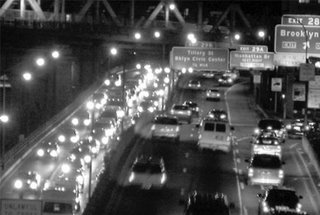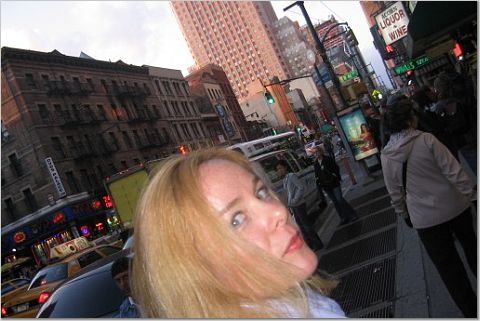
After decades of neglect,
New York is suddenly in love with its monumental transportation hubs, even if all the grand architectural gestures in the offing won’t do much on the most basic level: make more people’s commutes easier.
Today’s installment of breathtaking inanity (the new irrational exuberance) takes note of three facets of this latest craze.
1. Moynihan Station, in its third (or is that fourth?) design iteration, will cost $1 billion to turn part of the Farley post office building into a partial replacement for Penn Station across the street. The catch: the only tenant is NJ Transit, which will leave behind 80 percent of commuters who currently use the old Penn Station in the pit below Madison Square Garden. This makes absolutely no sense. The inanity of this was pointed out when an even grander plan was floated recently to move the entirety of Madison Square Garden across the street as well, thus forcing Amtrak and the rest to move into the new space. Even though this will take much longer to build and will be much more costly ($7 billion) at least it makes sense in the long run, but of course Gov. Pataki might quash this plan because he wants a groundbreaking before he leaves office on the long delayed Moynihan Station. 
2. Santiago Calatrava’s beautiful transit station design at Ground Zero will cost $2 billion and serve only those people who ride PATH trains from New Jersey to Lower Manhattan (so New Jersey commuters are getting not one, but two grand transit hubs built for them here in New York City?). Don't get me wrong. It’s a lovely, lovely train station. No question about it. But here’s the rub: it will be connected underground to yet ANOTHER architecturally grand and very costly transit hub, the Fulton Street subway station, less then two blocks away, which brings us to the final point:
 3. The new Fulton Transit Center, run by MTA, is behind schedule and over budget even after the signature architectural element, a huge “oculus,” was reduced in size and – get this – the plans to untangle the clusterf**k of subway lines underneath Fulton were also scaled back. In other words, MTA is prepared to spend another $800+ million on a duplicative grand transit statement while backing away from the original intent of making the subway lines more rational for commuters ... New York commuters.
3. The new Fulton Transit Center, run by MTA, is behind schedule and over budget even after the signature architectural element, a huge “oculus,” was reduced in size and – get this – the plans to untangle the clusterf**k of subway lines underneath Fulton were also scaled back. In other words, MTA is prepared to spend another $800+ million on a duplicative grand transit statement while backing away from the original intent of making the subway lines more rational for commuters ... New York commuters.
Hey, I’m all for grand architectural gestures, WHEN THEY ALSO WORK FOR THE PEOPLE WHO USE THEM.


















